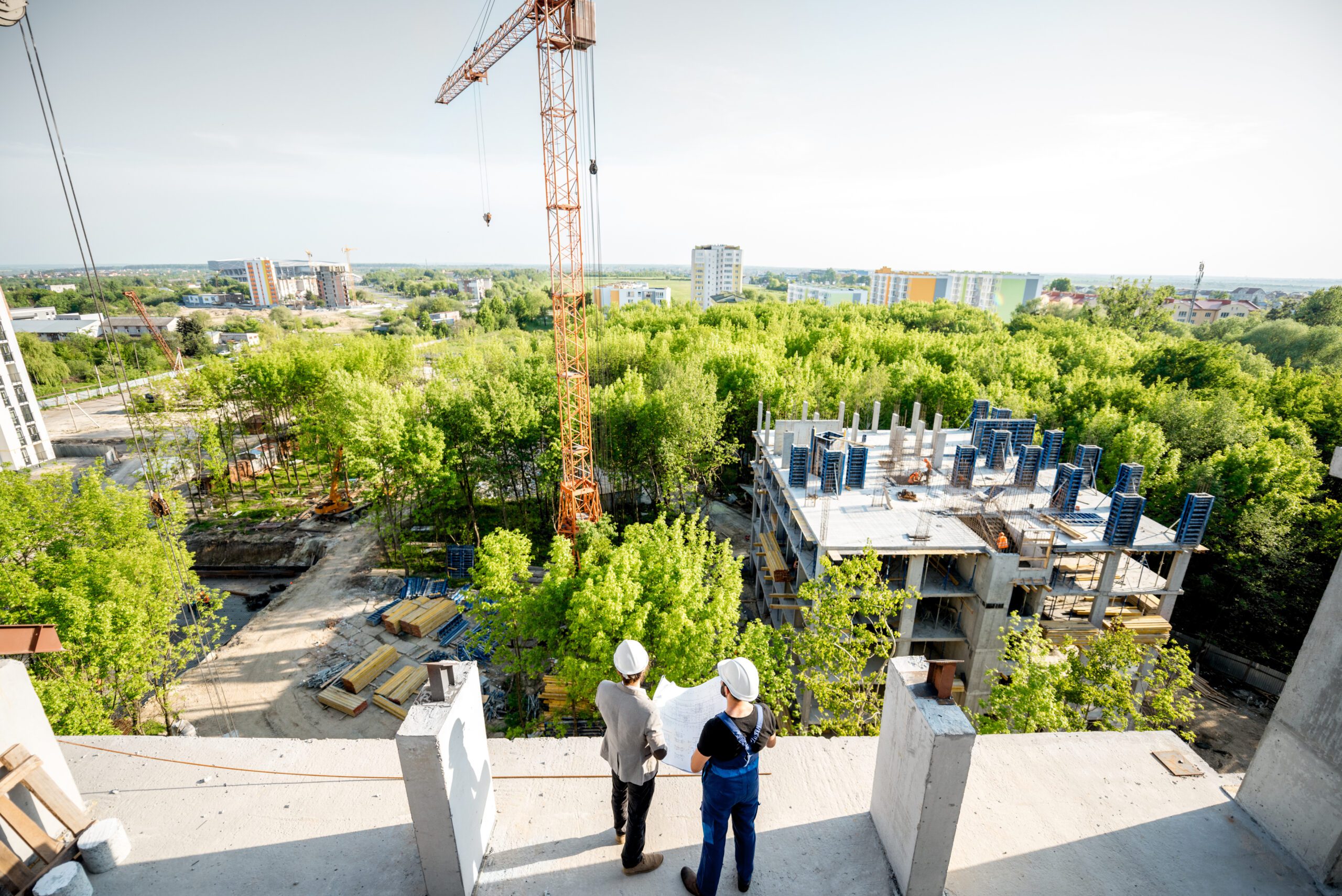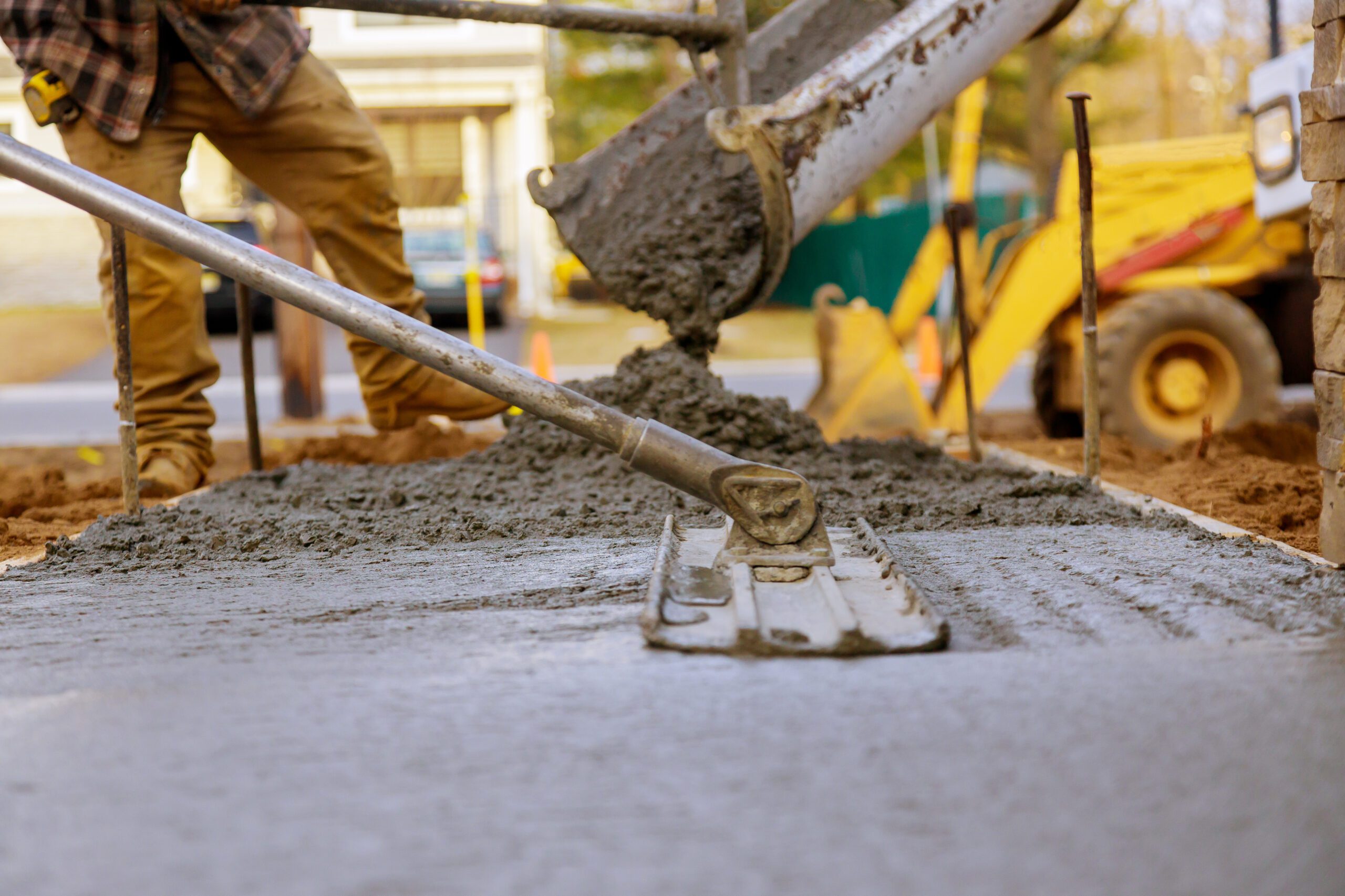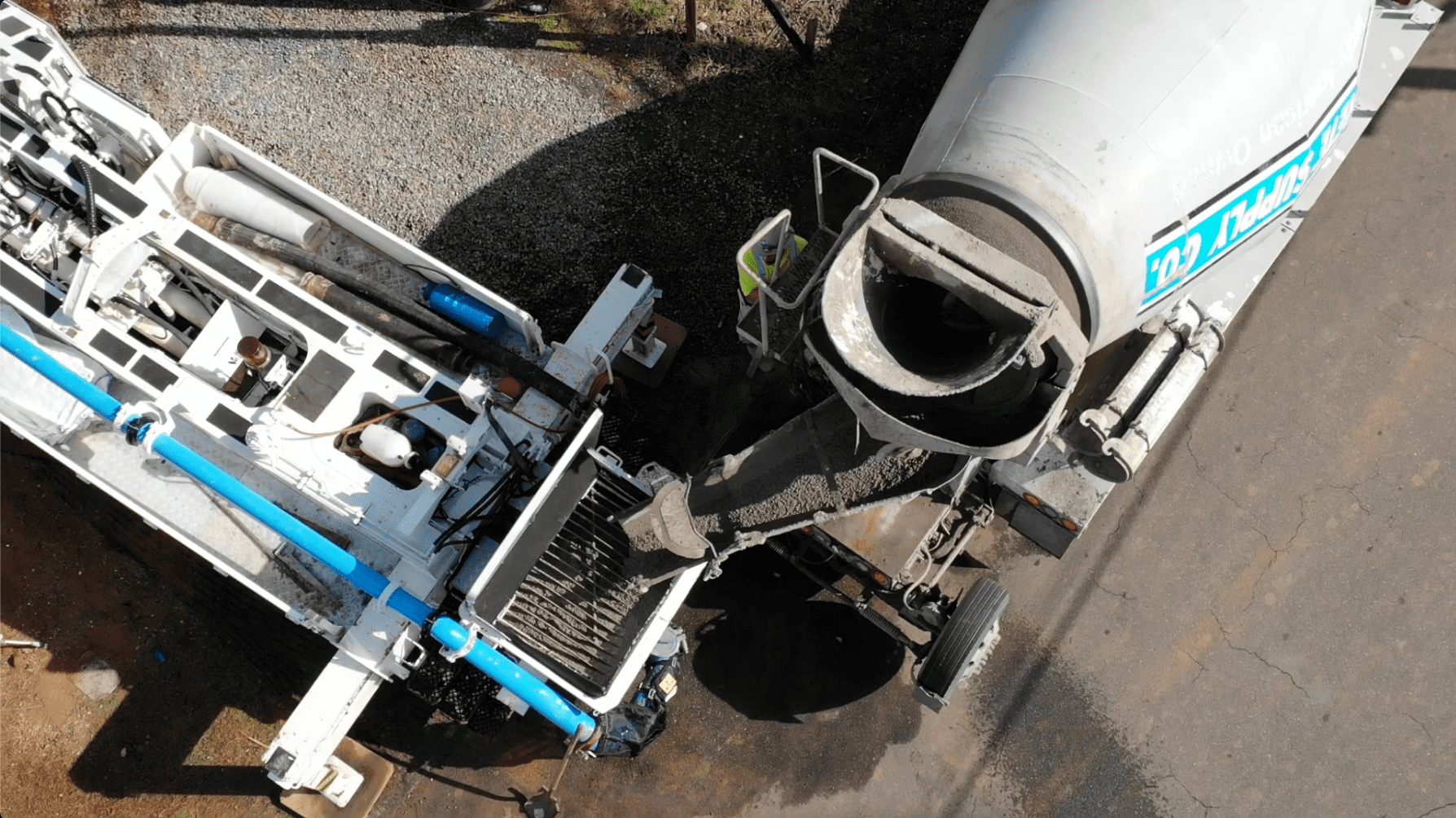
SPECIFIER RESOURCES
Building Your Vision
with Concrete Supply Co.

Important Info You Need
Concrete In Practice is a series of one-page information sheets on important concrete practices technical topics, written in a non-technical “‘What, Why and How?” format. We provide each topic in English and Spanish.

Safety is Our Top Priority
We are committed to ensuring the well-being of our employees, customers, and the environment. To provide transparency and vital information regarding our safety practices, we maintain a comprehensive Safety Data Sheet (SDS). This document serves as a valuable resource, detailing the safe handling, storage, and disposal procedures for our products. It also includes crucial information about potential hazards and first-aid measures. Our commitment to safety extends beyond compliance; it’s a core part of our culture, guiding us in every project we undertake.

ARE YOU READY TO START YOUR PROJECT?
Reach out today for a quote or with general questions. Our industry experts are standing by ready to assist with your project needs.
